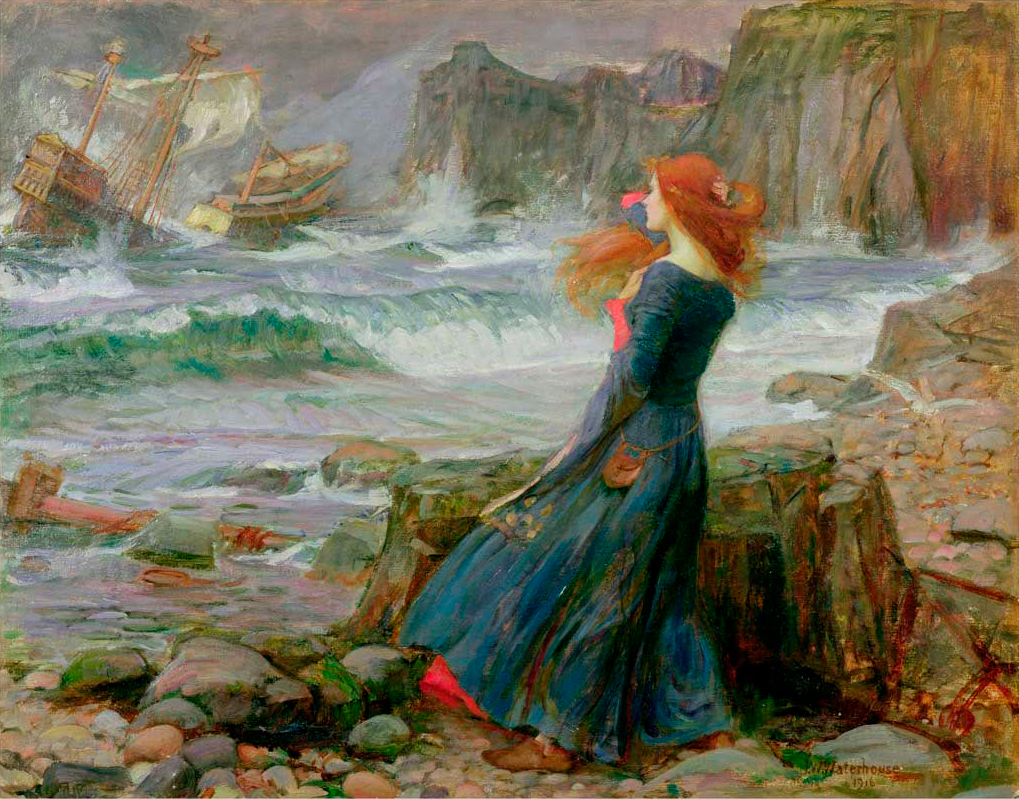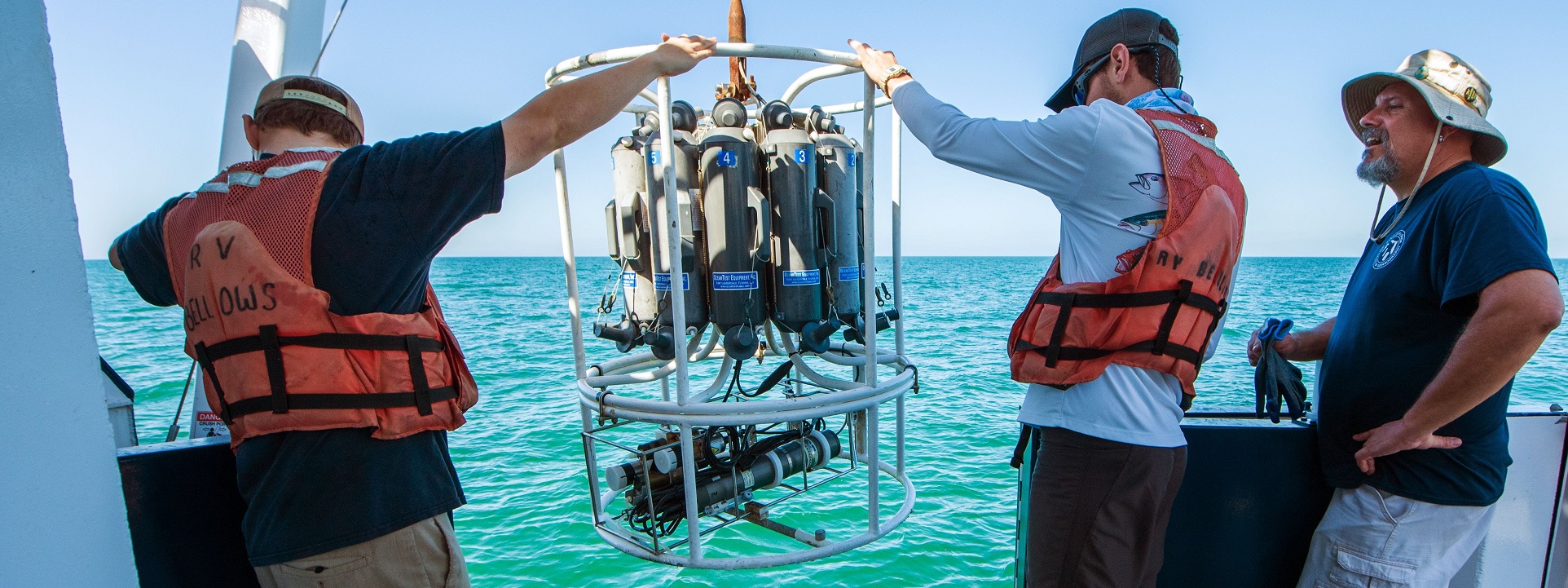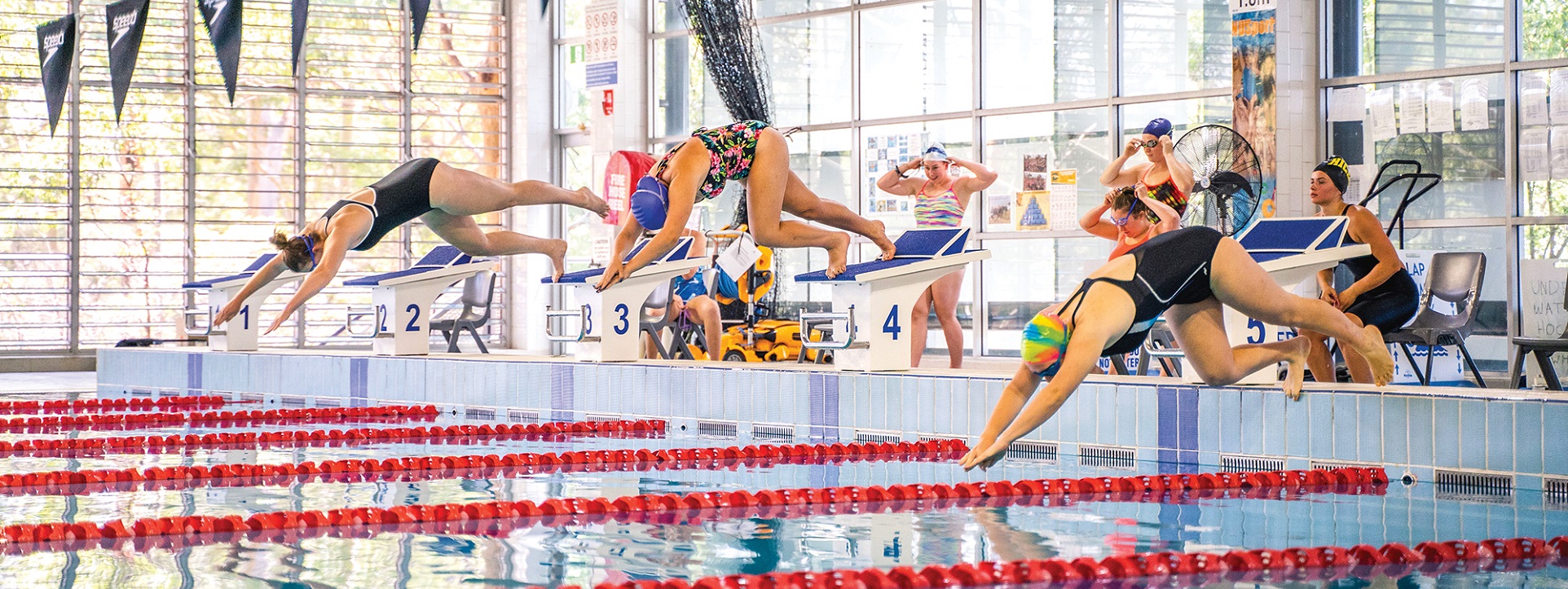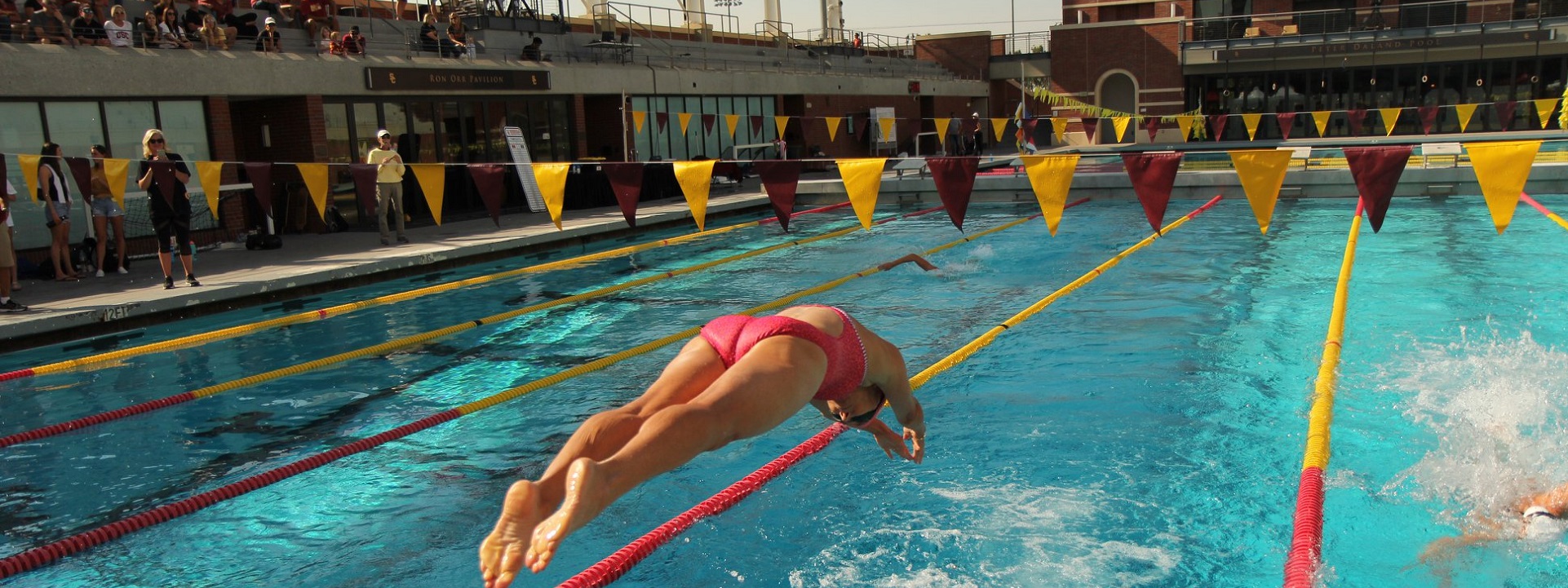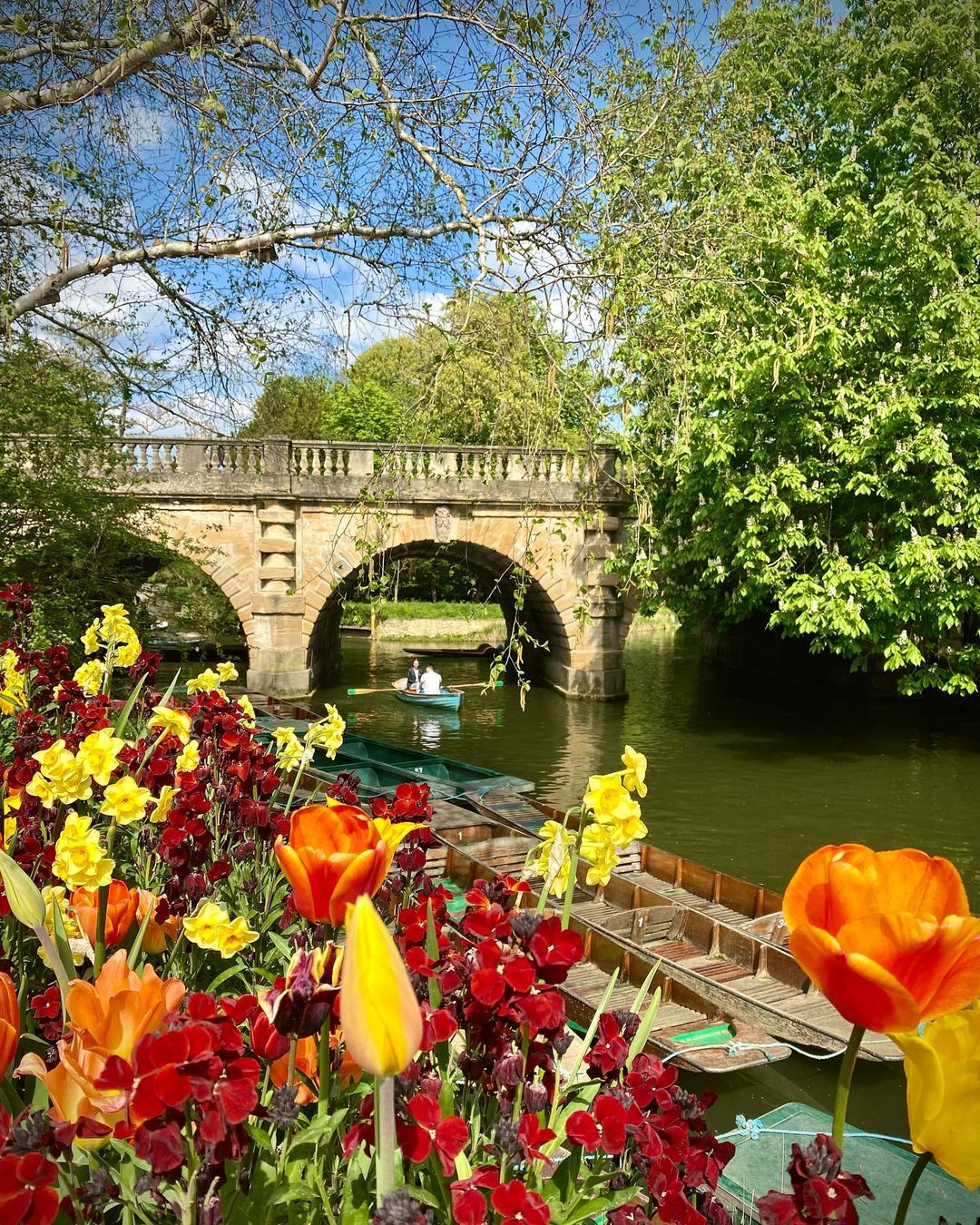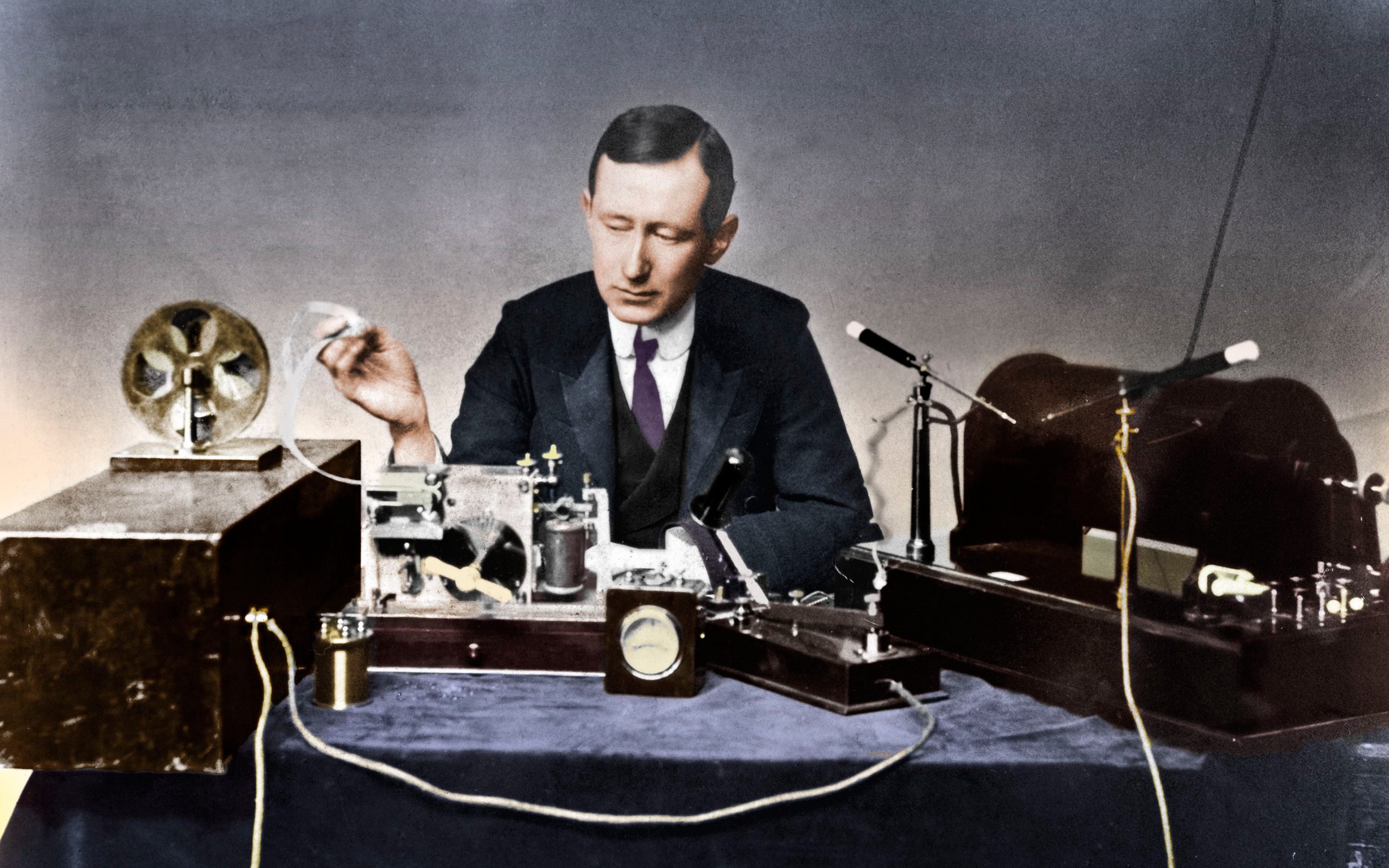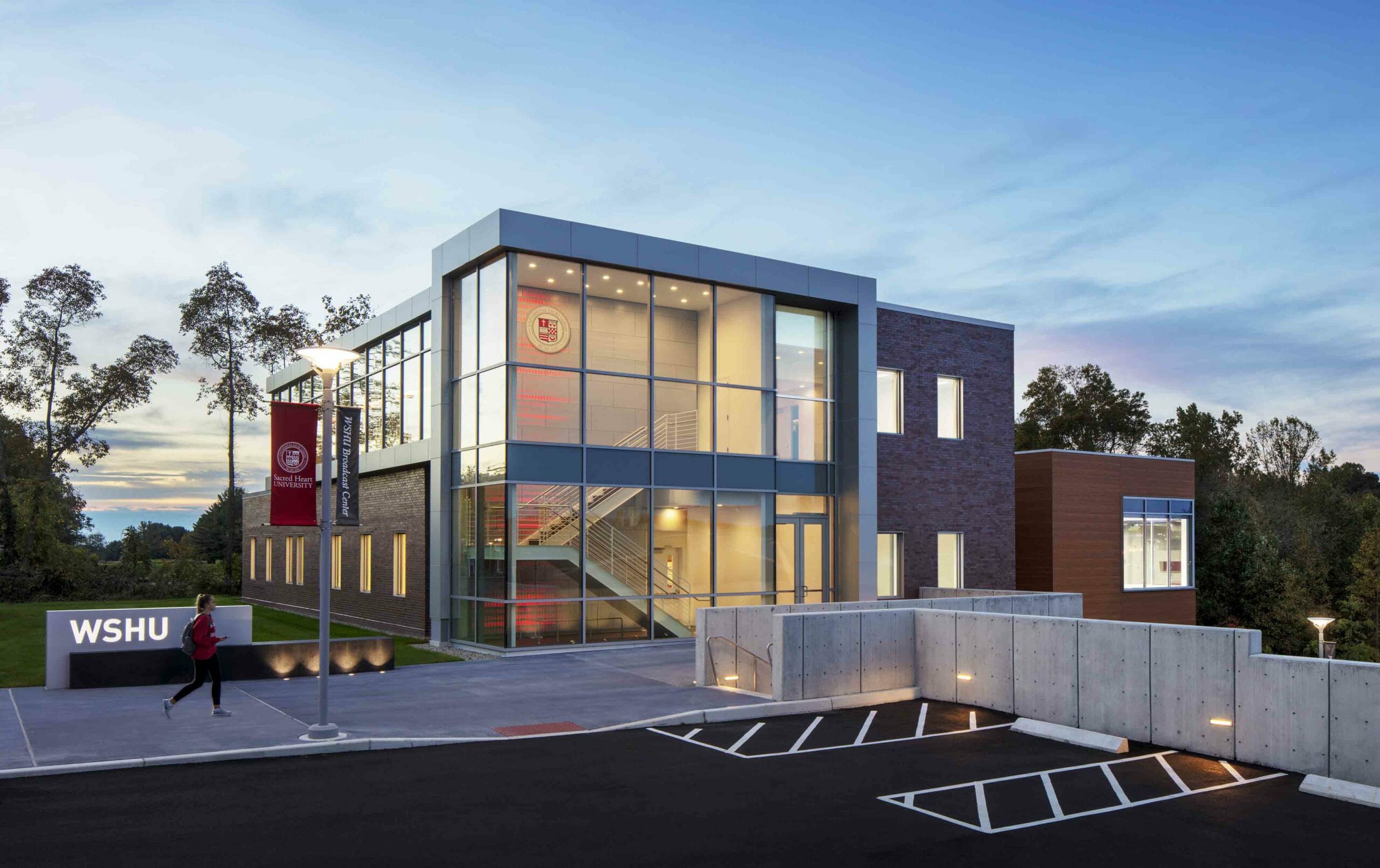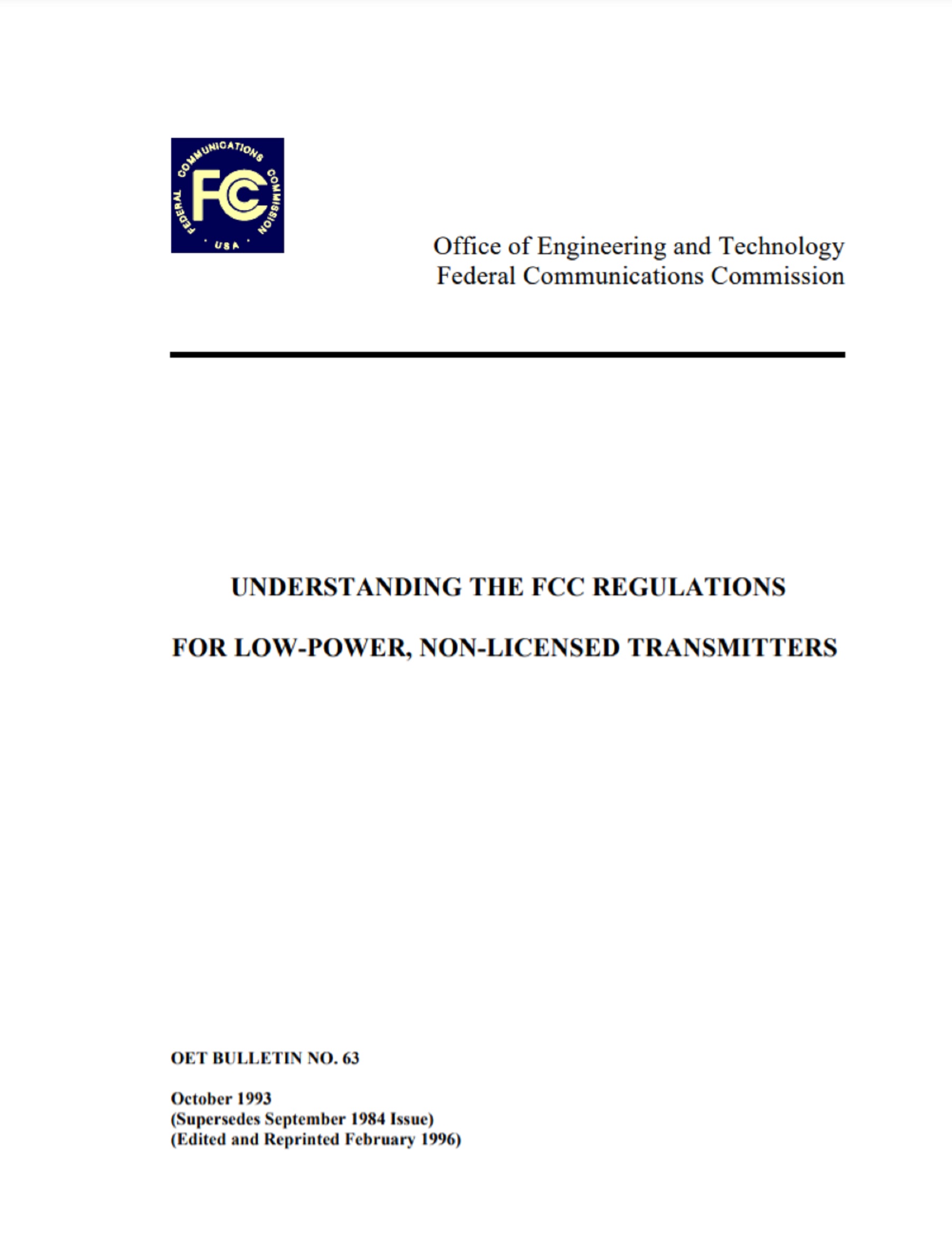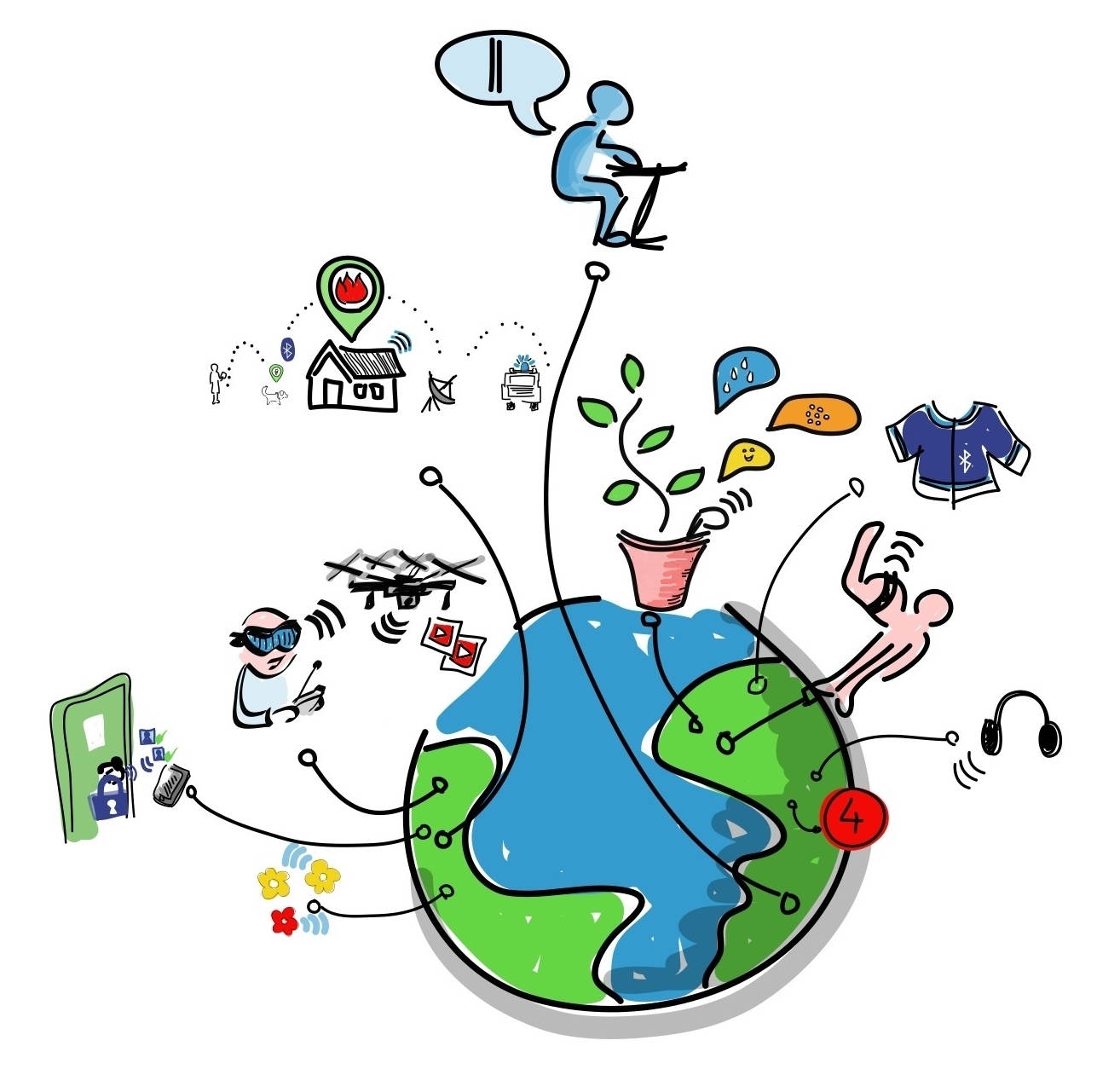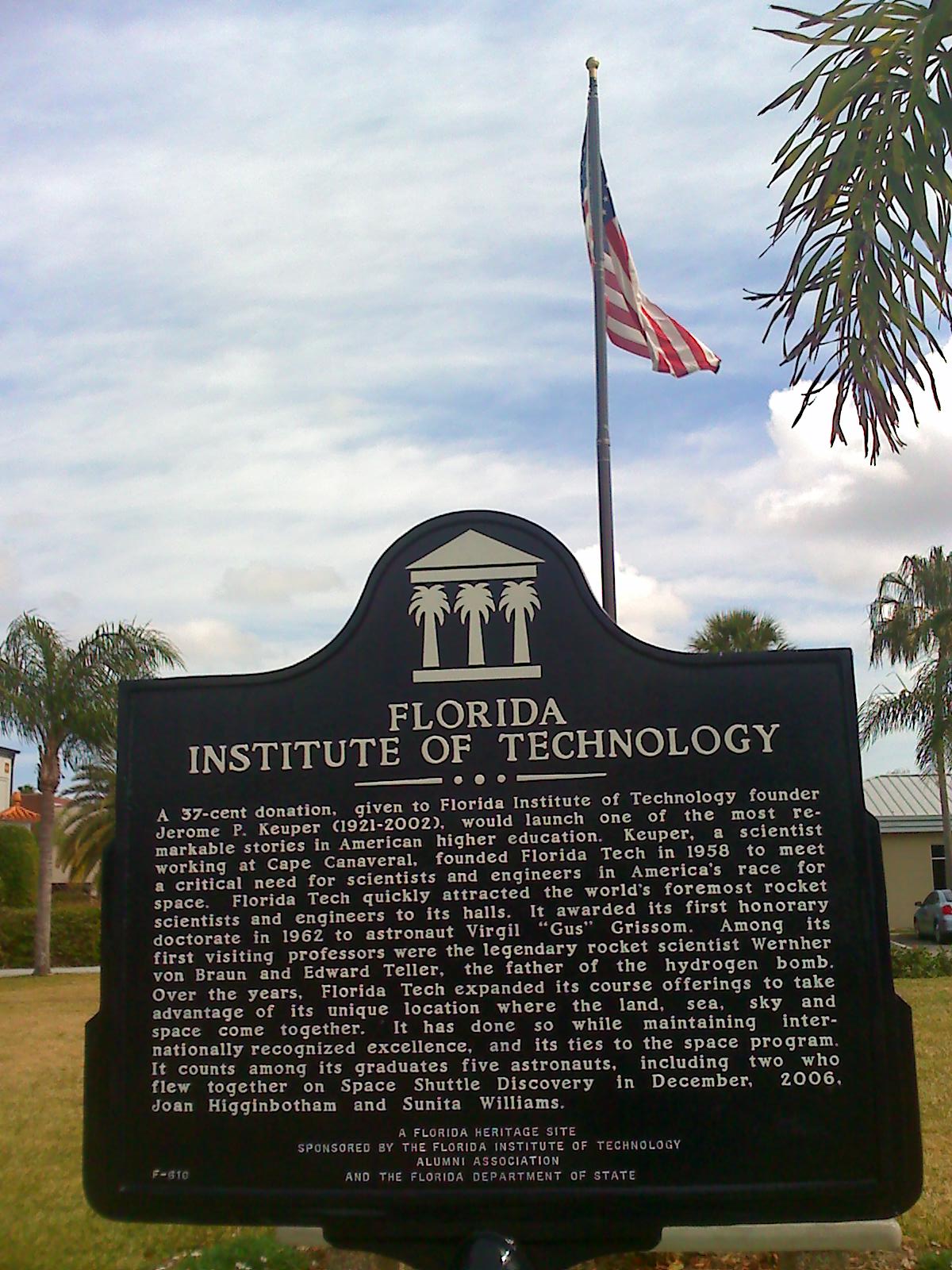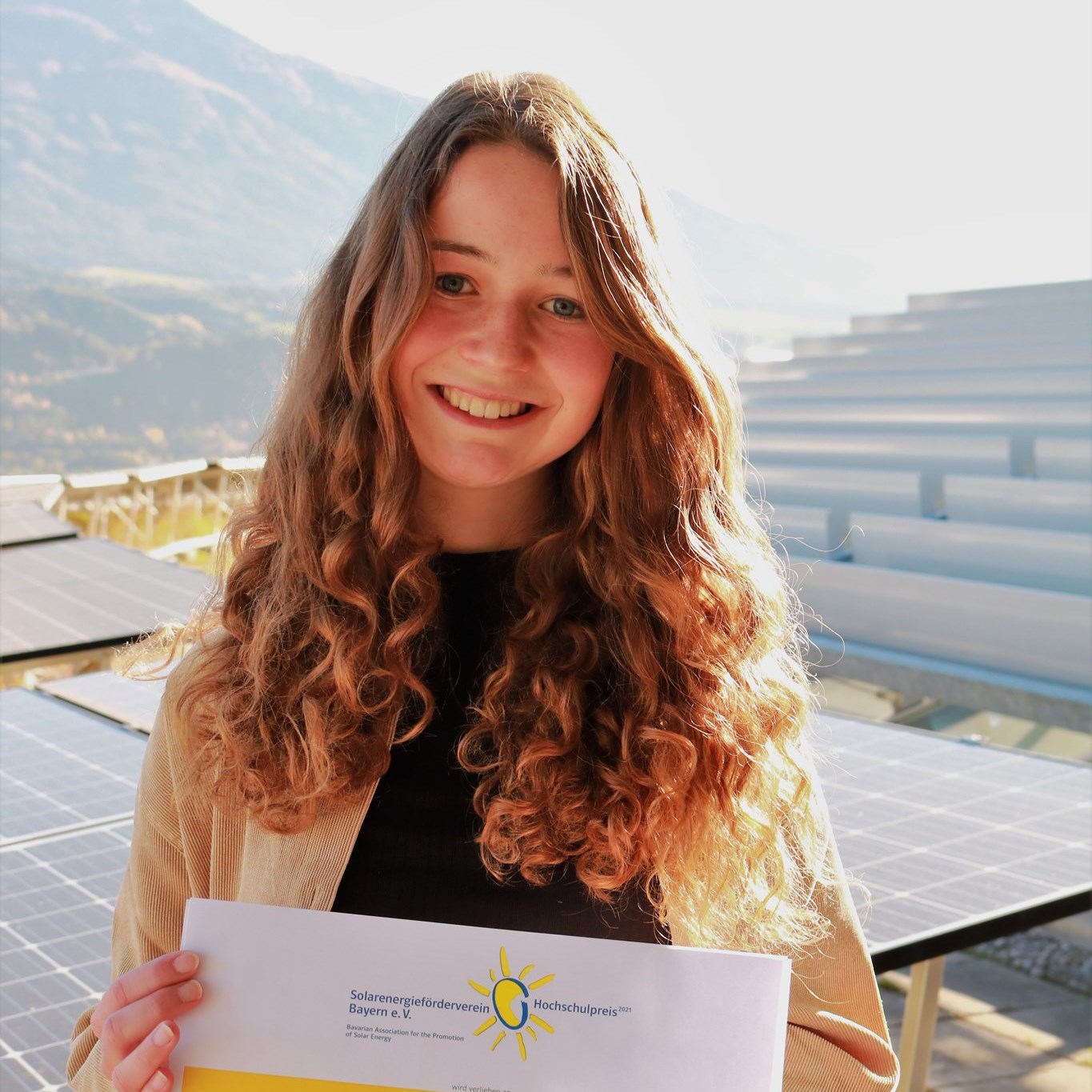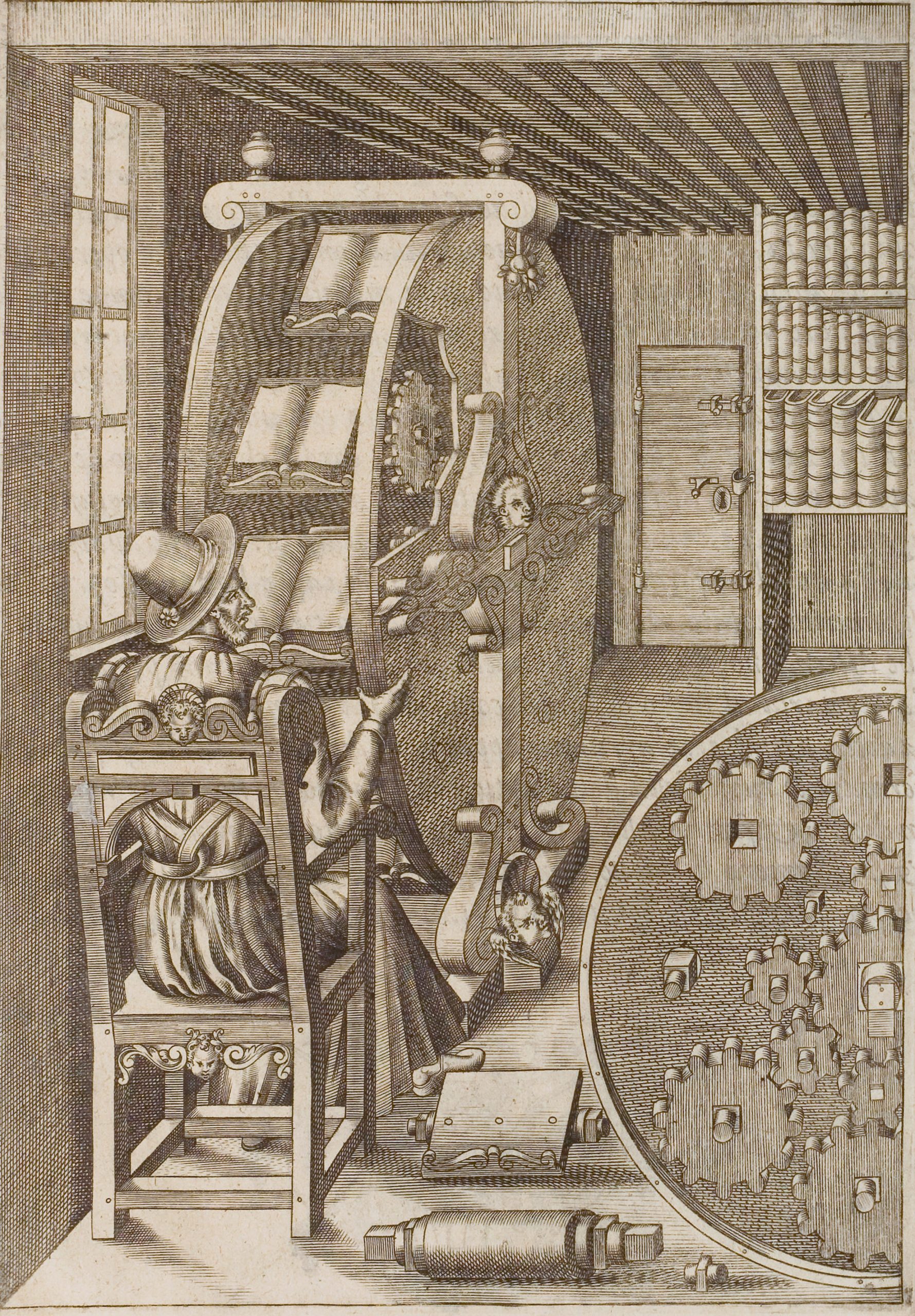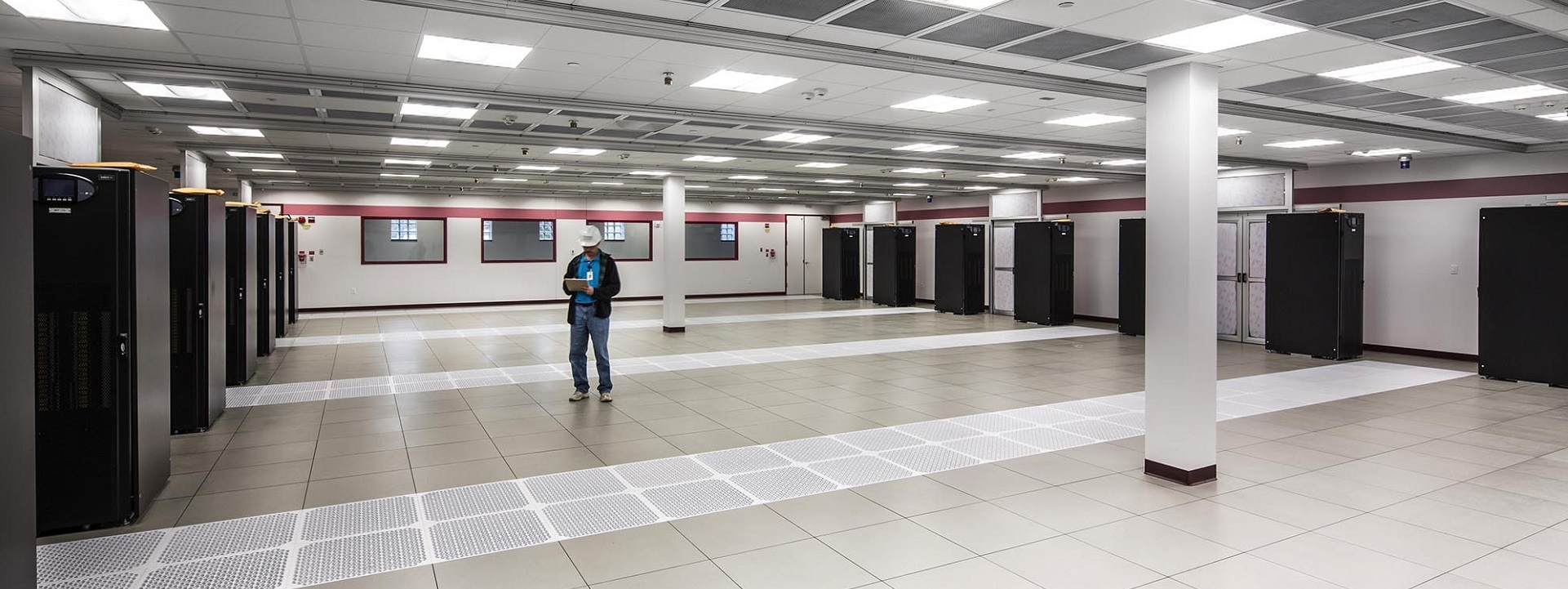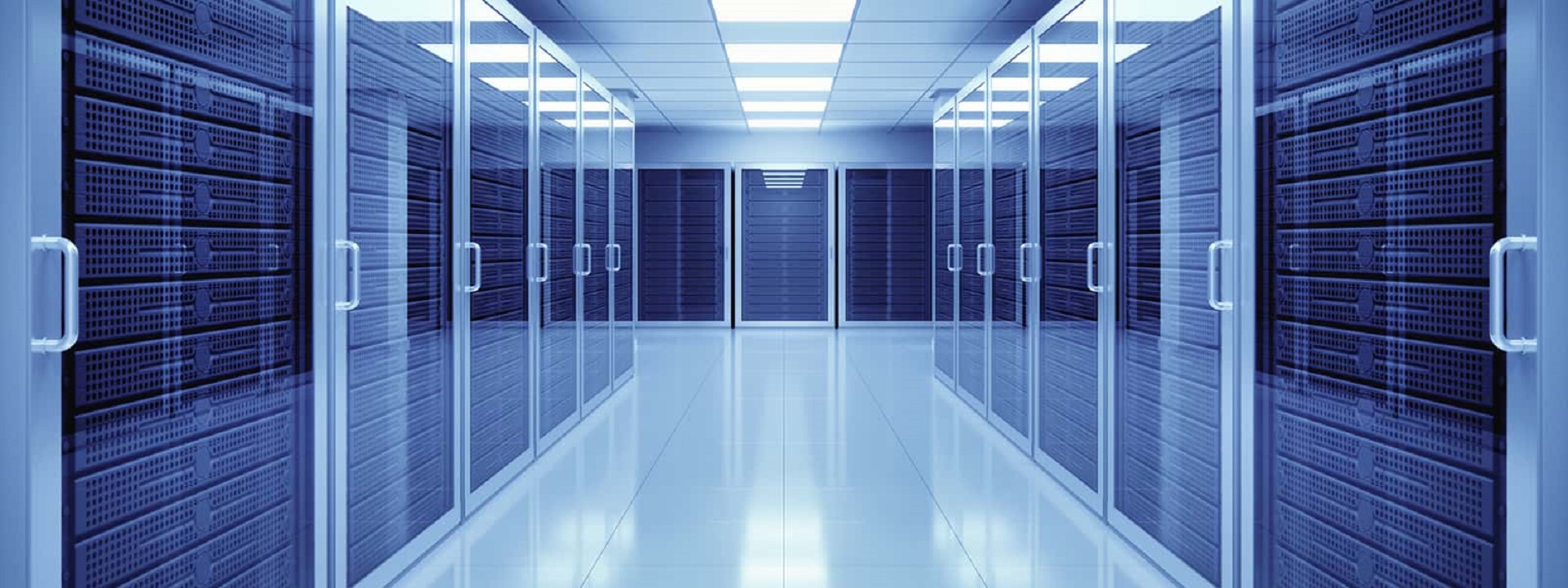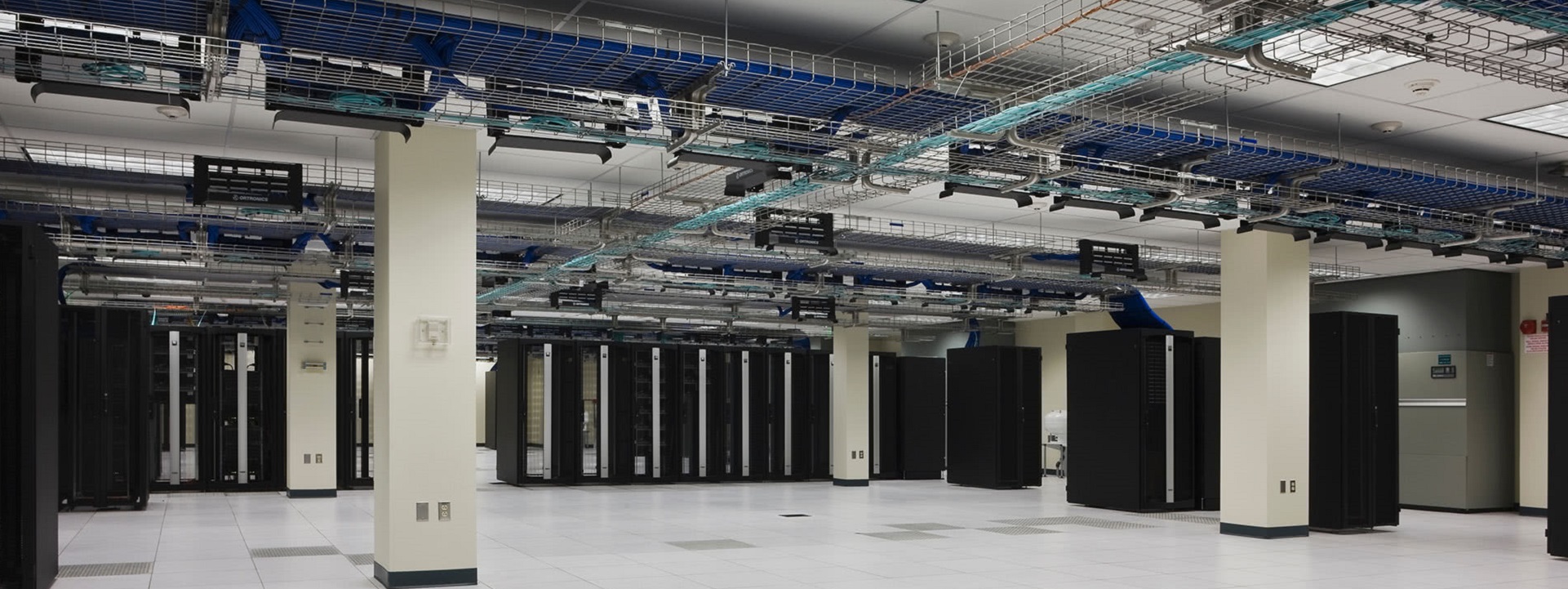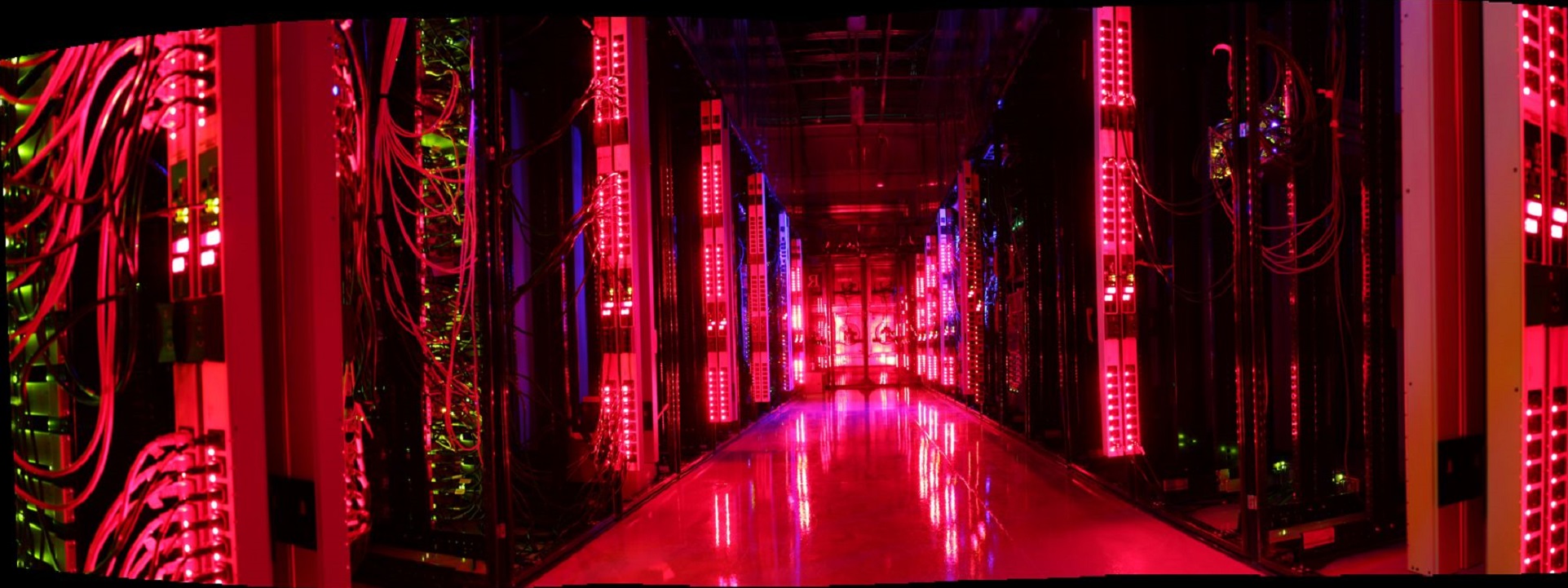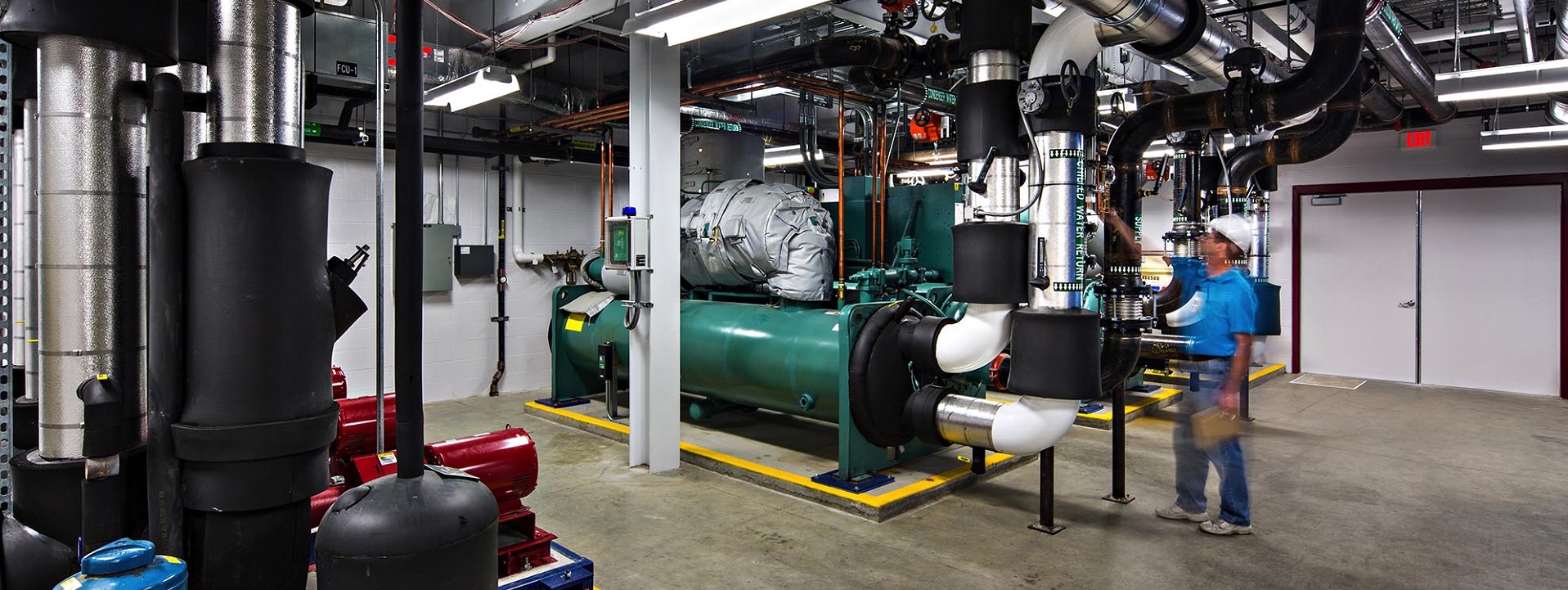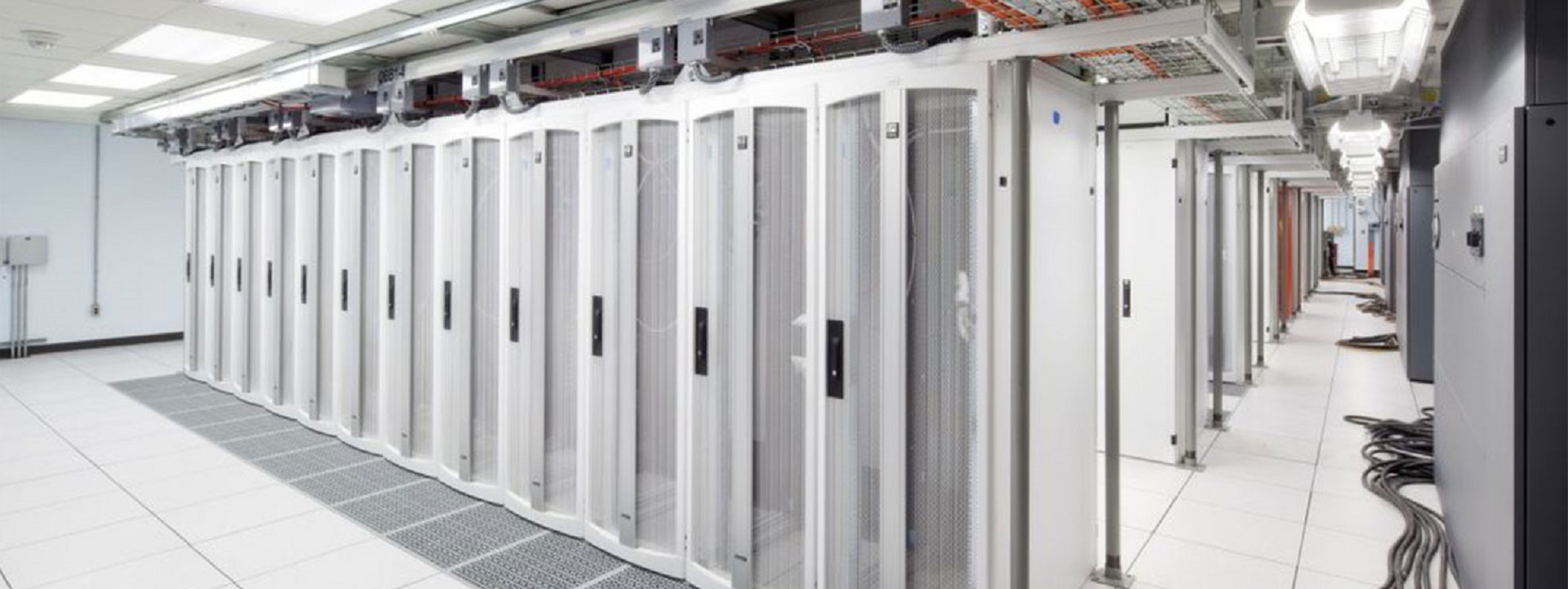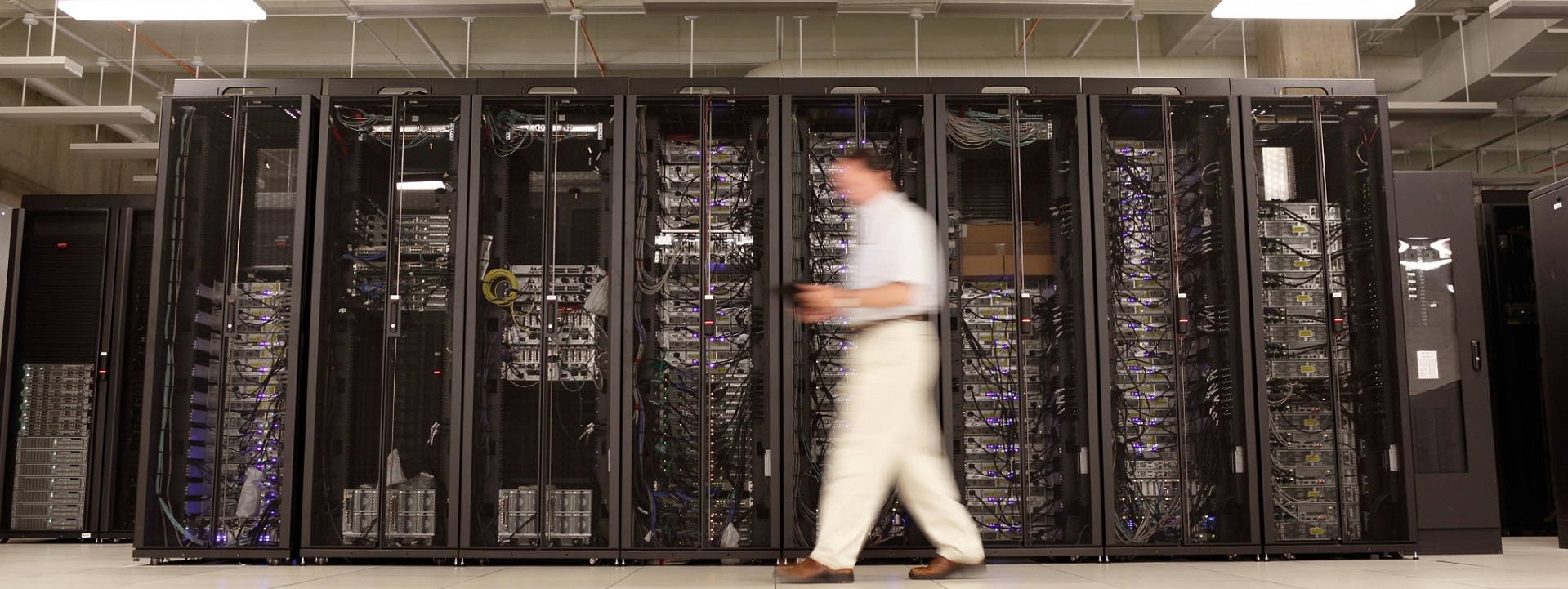Curated list of our interest and accomplishments in water-related codes, standards and related best practice literature.
International Building Code | Chapter 29 Plumbing Systems
“Àguas de março” (A.C.Jobim)
Escola Municipal de Música de Sant Andreu | Catalunya Província de Barcelona @joanchamorro
print(“Lunch Hour 1600 UTC”)\n weekday(2)
print(“Padrão Brasil”)https://t.co/wFPKtBBD2R pic.twitter.com/vibSBRmBC3— Standards Michigan (@StandardsMich) March 6, 2024
A good understanding of waves in shallow water, typically in coastal regions, is important for several environmental and societal issues: submersion risks, protection of harbors, erosion, offshore structures, wave energies, etc.https://t.co/E6T2woxQ67@_CIRM @CIGLR_UM pic.twitter.com/DUnk6rlFW9
— Standards Michigan (@StandardsMich) February 24, 2021
Water Cycle Equation:
Precipitation = Runoff + Infiltration + Evapotranspiration + ΔStoragehttps://t.co/DdIA3UWUxy
Georgia Southern University Civil Engineering & Constructionhttps://t.co/rVhv4tyuBt@GeorgiaSouthern pic.twitter.com/9yo5NZrJQH— Standards Michigan (@StandardsMich) September 10, 2020
We are marking up NSF 50 Standard for Recreational Water Facilities RE: piping changeshttp://t.co/9TDj8D4Ic4 pic.twitter.com/OsGIo5w6q2
— Standards Michigan (@StandardsMich) January 7, 2015
Today we review live public consultation notices from standards setting organizations creating best practice literature and policy templates for water safety and sustainabilityhttps://t.co/sM4vKIpRTK pic.twitter.com/T5kJ1LpYrC
— Standards Michigan (@StandardsMich) August 4, 2020
A good understanding of waves in shallow water, typically in coastal regions, is important for several environmental and societal issues: submersion risks, protection of harbors, erosion, offshore structures, wave energies, etc.https://t.co/E6T2woxQ67@_CIRM @CIGLR_UM pic.twitter.com/DUnk6rlFW9
— Standards Michigan (@StandardsMich) February 24, 2021
“Microfiber Release to Water, Via Laundering, and to Air, via Everyday Use: A Comparison between Polyester Clothing with Differing Textile Parameters”
University of Plymouth @PlymUni
Consiglio Nazionale delle Ricerche @CNRsocial_https://t.co/suKmOp56HD pic.twitter.com/kJ0uFFwmAN— Standards Michigan (@StandardsMich) September 25, 2021
Duke University Press – A Future History of Water
Andrea Ballesterohttps://t.co/cm4ybE6W76 pic.twitter.com/5RmPdmtMr7— Standards Michigan (@StandardsMich) May 15, 2020
RT @wef: Where is the world’s hidden groundwater? https://t.co/cTCqljIFsu #environment #water pic.twitter.com/OoVxrzvh3q
— Standards Michigan (@StandardsMich) December 11, 2015
ANSI Seeks Comments on ISO Proposal for Water Products
Comments due December 8thhttps://t.co/PbCprmGyFc @standardsaus @ansidotorg @IFMA pic.twitter.com/ToDwD0K4R9— Standards Michigan (@StandardsMich) November 5, 2017
Boiler University https://t.co/p8HkfwQh5b
Ritchie and Steven discuss steam boiler mathematics: Horsepower, Pounds Per Hour, Boiler Horsepower Formula, Pounds Per Hour Formula, Convert Steam to hot water formula, Heat exchanger, Steam Load@WareInc pic.twitter.com/EosfgvE01S— Standards Michigan (@StandardsMich) February 4, 2021
Help us mark up standards that provide regulators w/specifics needed for wise use of waterhttps://t.co/4SQhP6k8YO https://t.co/lfBrUvgudy
— Standards Michigan (@StandardsMich) November 10, 2015



